Time Periods
Paleolithic
Mesolithic
Neolithic
Chalcolithic
Bronze Age
Iron Age
Classical Period
Post-Classical Period
Early Modern Period
Industrial Period
Contemporary Period
Time Periods
Paleolithic
Mesolithic
Neolithic
Chalcolithic
Bronze Age
Iron Age
Classical Period
Post-Classical Period
Early Modern Period
Industrial Period
Contemporary Period
Location
About
Ali Kosh is an Early Neolithic archaeological site located in the Zagros Mountains of Ilam Province, western Iran. This small tell, approximately 135 meters in diameter, was excavated in the 1960s, revealing a sequence of occupation phases. Initially settled around 7500 BCE during the Bus Mordeh phase, the site featured small rectangular houses and an economy based on herding, hunting, and gathering. By the Ali Kosh phase (7250-7000 BCE), inhabitants had developed larger houses and intensified agriculture, with evidence of skull deformation practices. In the Mohammed Jaffar phase (7000-6500 BCE), stone houses, ceramics, and a necropolis emerged, alongside the use of flint and obsidian tools and the introduction of imported materials. Ali Kosh is significant as one of the earliest agricultural communities in western Iran, where emmer and barley were cultivated, and goats and sheep herded.
Gallery
Explore photographs of ancient structures, artifacts, and archaeological excavations at Ali Kosh
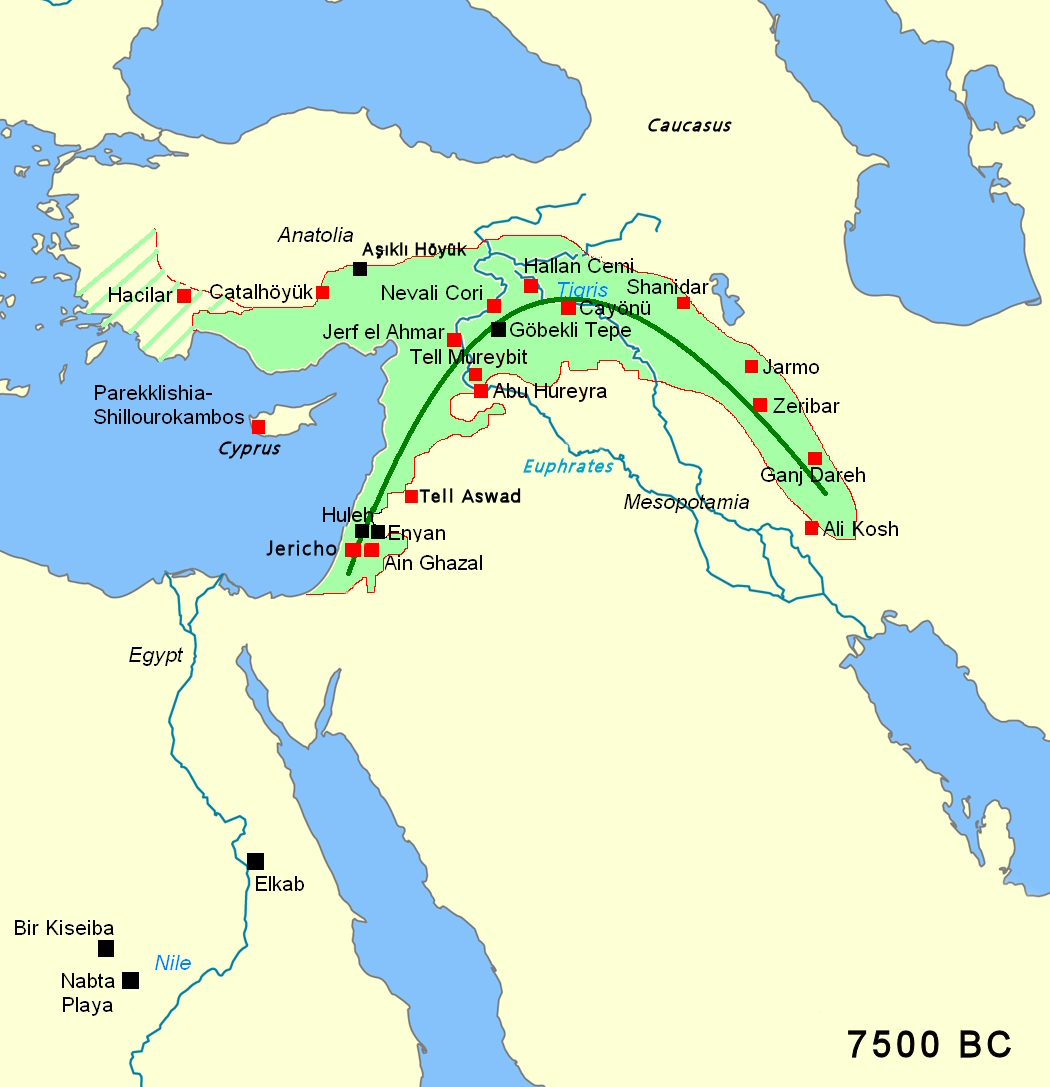
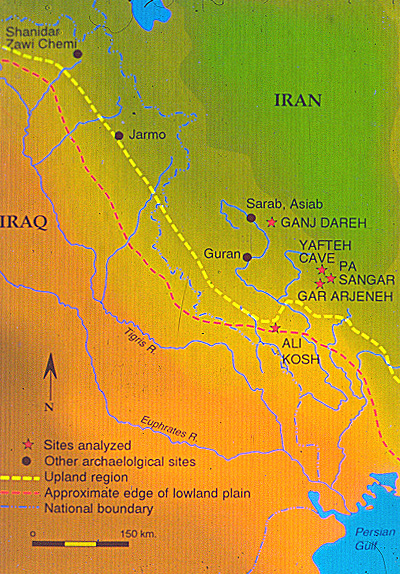
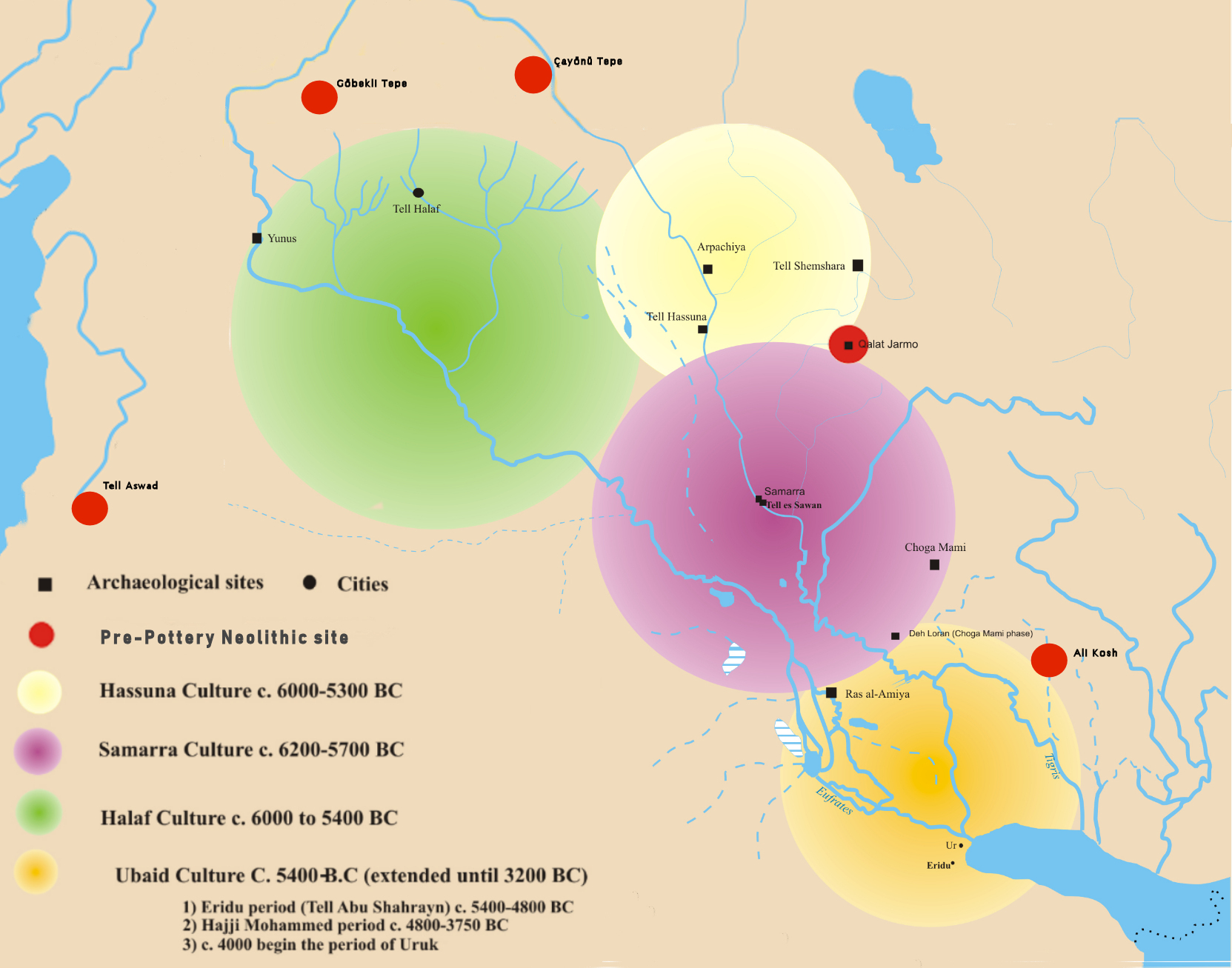
Archaeological Features
Explore the unique architectural and cultural elements found at this historical site
Burial and Funerary Structures
Artistic and Decorative Features
Domestic and Habitation Structures
Historical Timeline
Journey through time and discover key events in this site's archaeological history
Plan Your Visit
Details
- Country
- Iran
- Source
- Wikipedia
More Sites in Iran
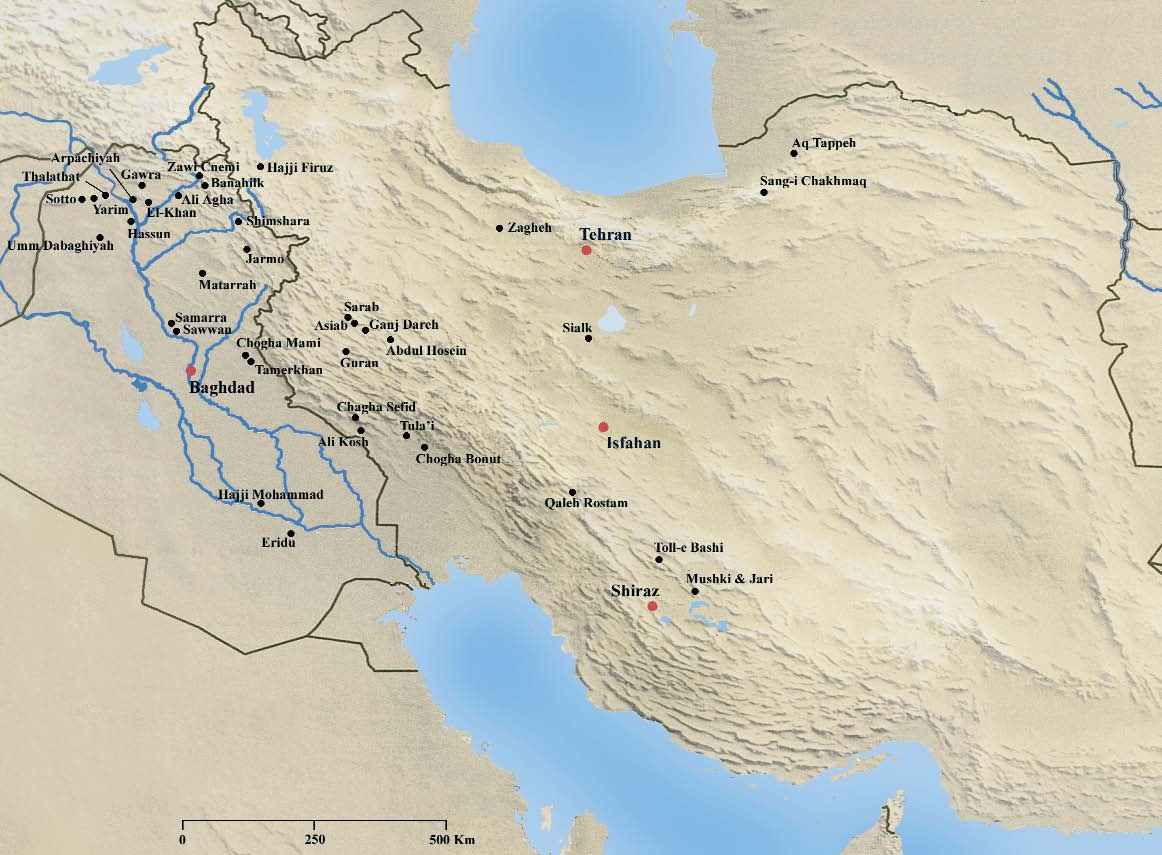
Chia Jani
Neolithic site with obsidian bladelets.
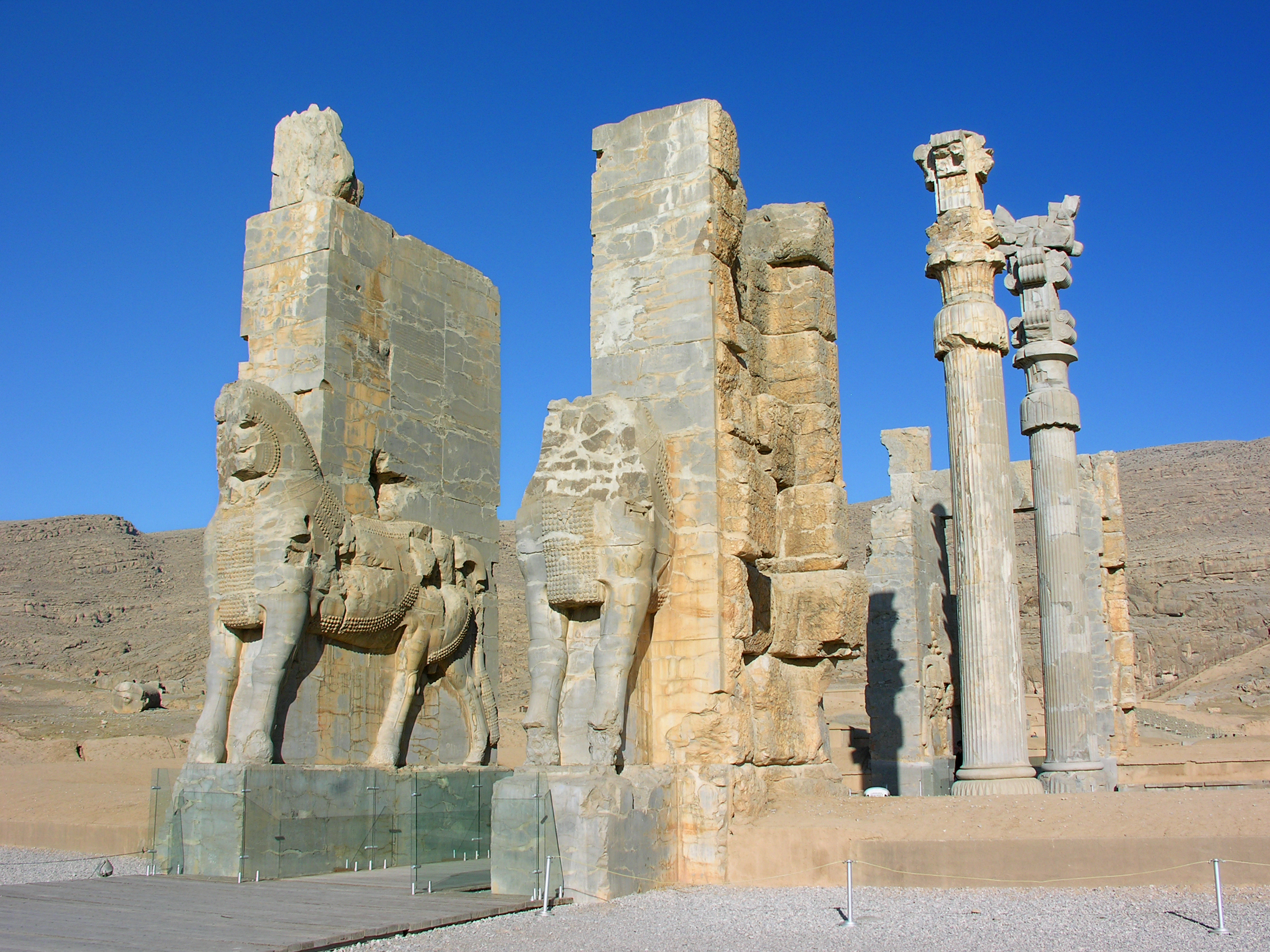
Rahmatabad Mound
Ancient Chalcolithic settlement with industrial features
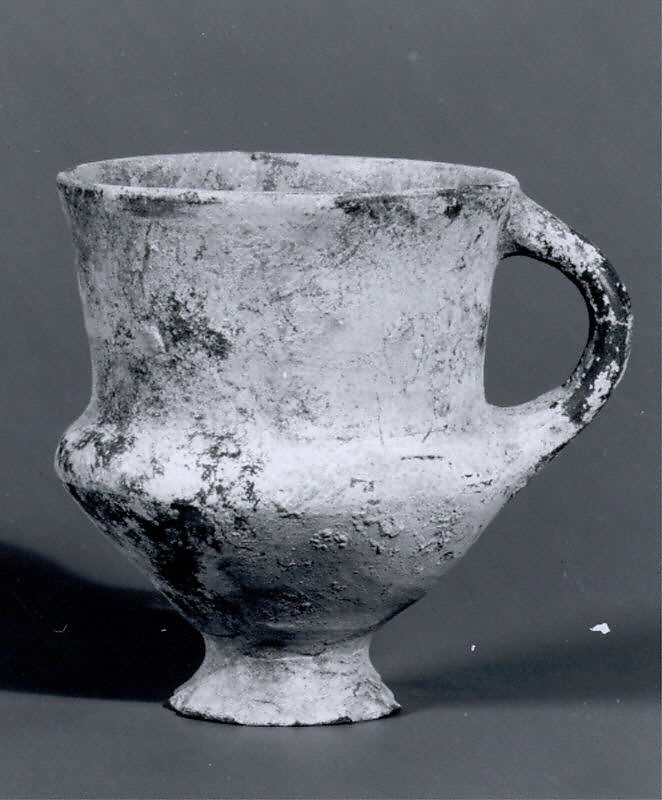
Teppe Hasanlu
Ancient city with well-preserved ruins
Shir Ashian Tepe
Pottery fragments, transitional period artifacts
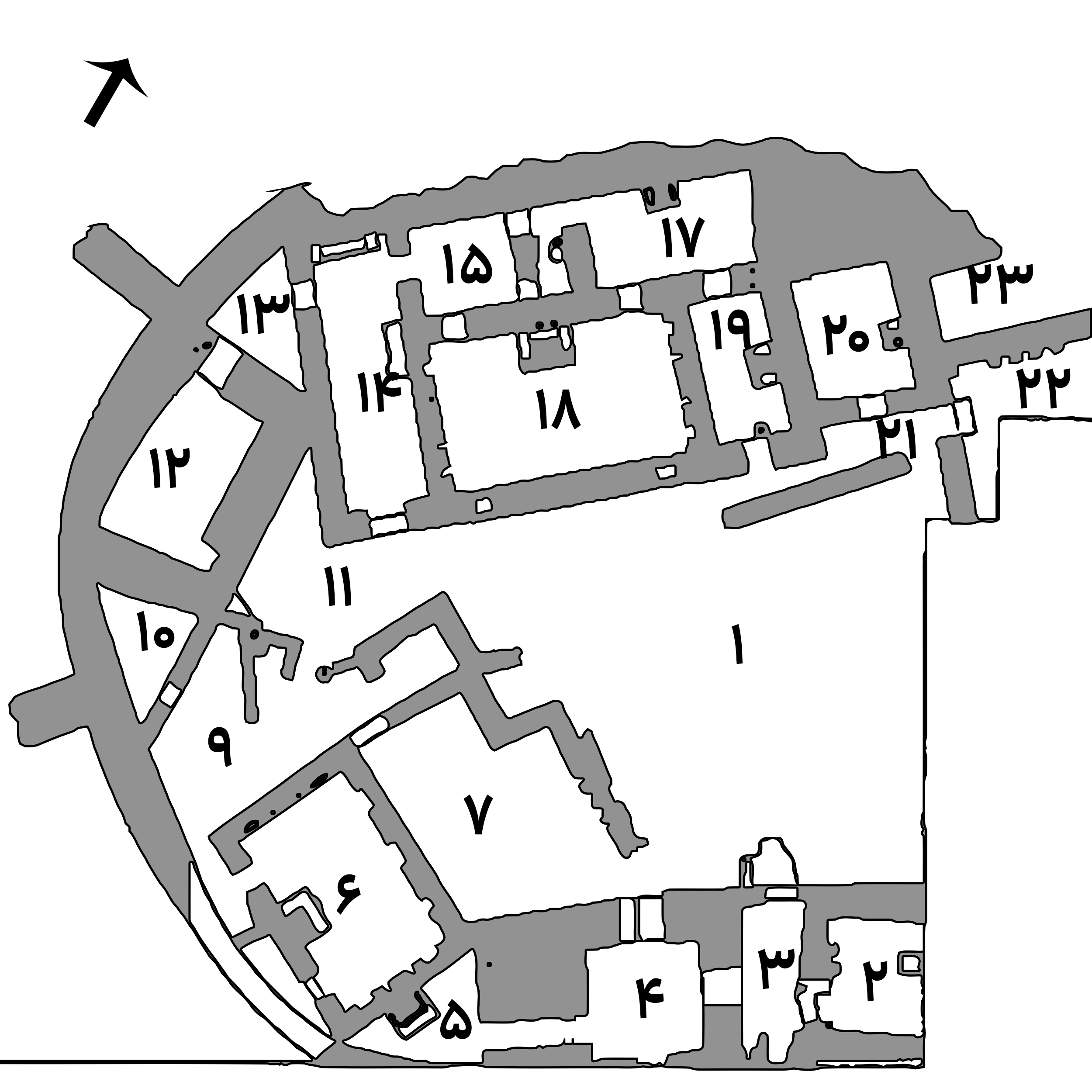
Godin Tepe
Ancient trade outpost with deep stratigraphy
Banesh
Early cultural phase site in Iran